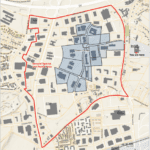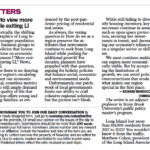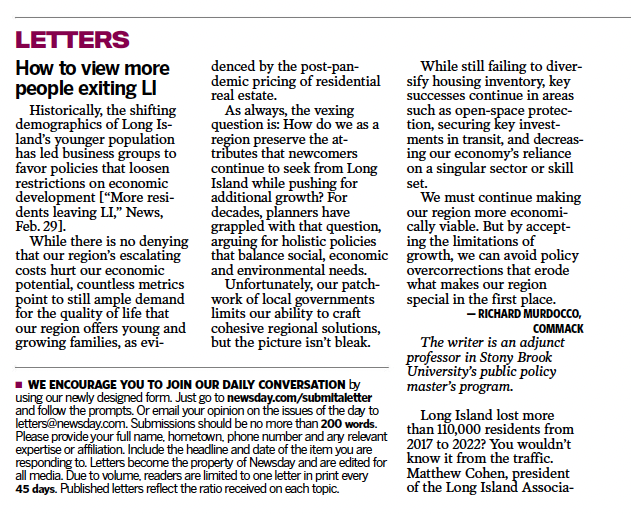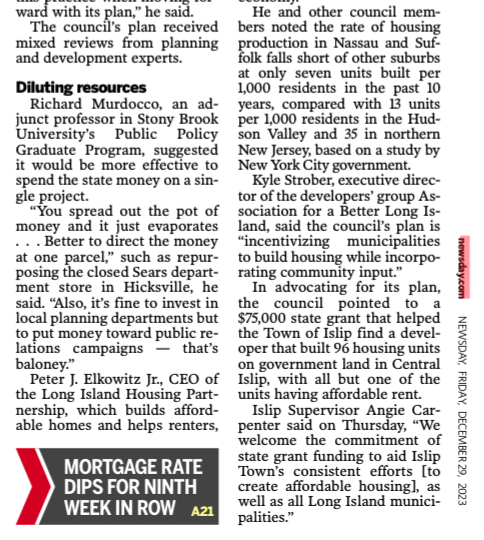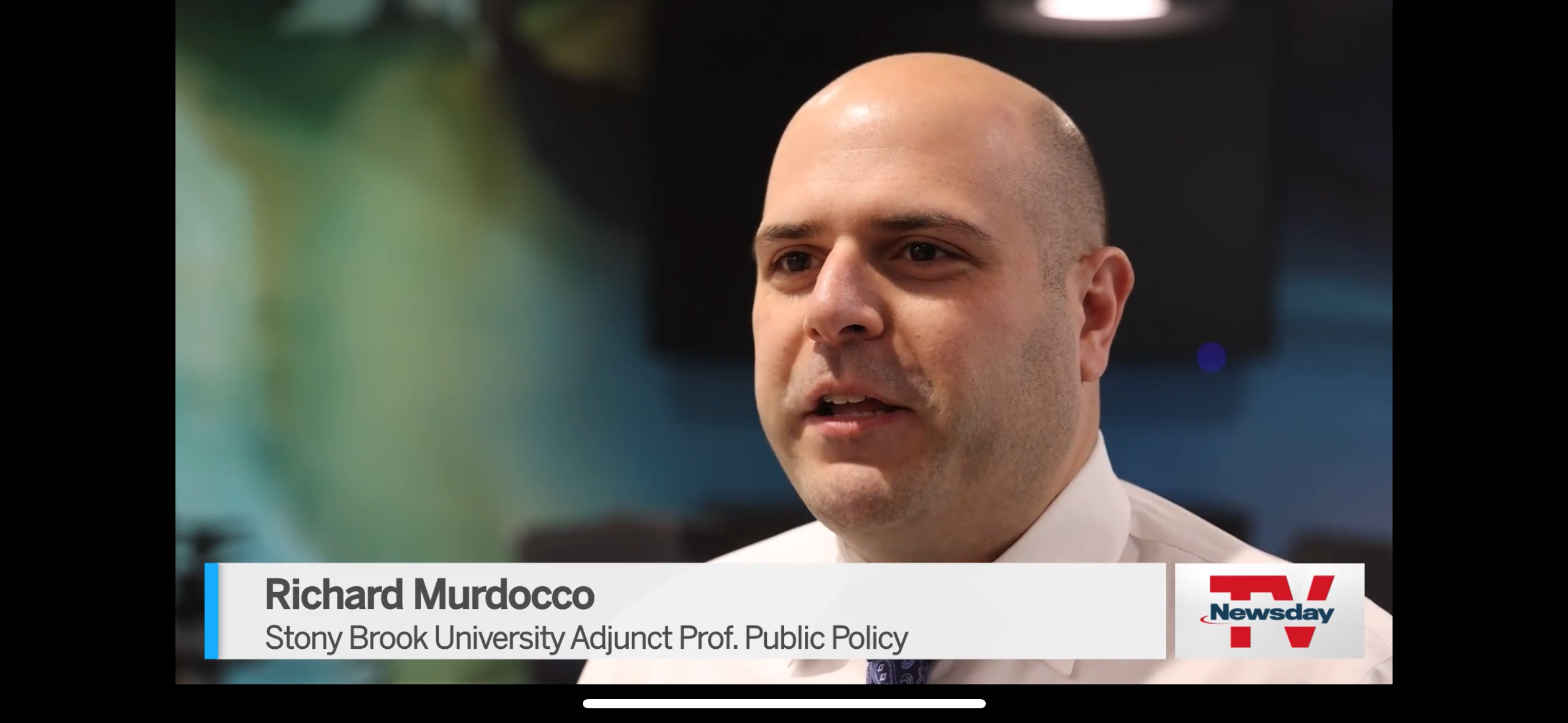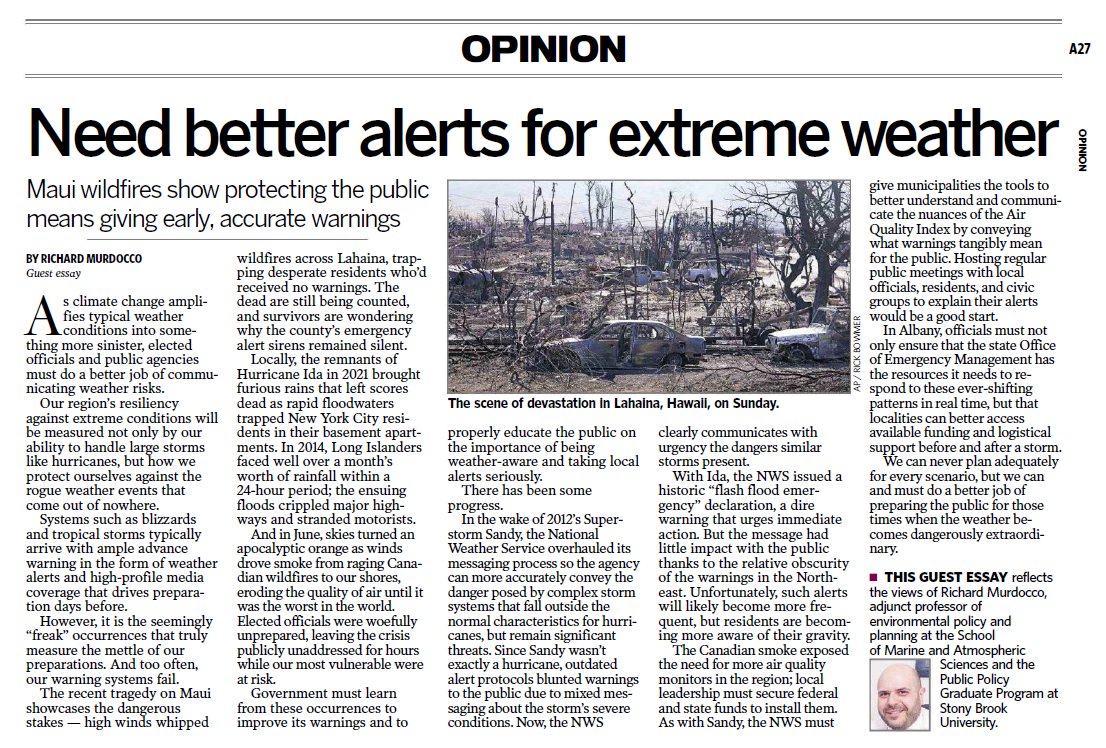Recently, Nancy Rauch Douzinas wrote a piece for the Huffington Post that celebrates an LIBN op-ed penned by Long Island’s county executives Steve Bellone and Ed Mangano concerning the notion of maximizing the region’s economic growth via transit.
Rauch’s piece stood out from the rest on the subject matter, building off of the executives’ joint arguments by citing the need to increase the region’s existing infrastructure networks in order to properly accommodate the recent push for increased multifamily housing units, and by stressing the importance of maintaining the suburban landscape while maximizing it’s economic potential.
While the need for accompanying open space preservation of such efforts was not mentioned, the Rauch Foundation’s track record of providing funding for environmental organizations is well known in policy circles, highlighting the importance of environmental protection beyond mere sewer expansion efforts.
The original LIBN op-ed by Bellone and Mangano was an interesting look at Long Island’s regional issues – on one hand, the joint piece made boilerplate arguments for increasing Long Island’s developmental status-quo by citing the often weak “cool downtowns to keep the millennials” theory that has prevailed in Nassau and Suffolk counties for the last decade, but on the other hand it made a compelling, regional antithesis to the recent hyperlocal approach being pushed by the so-called “Smart Growth movement”.
Is it possible that Long Island is once again moving toward a regional model?
With two county executives from distinct, yet at times very similar suburban counties going on record in support of a unified approach to future development that channels transit upgrades, yes, it would seem that way.
If Long Islanders are to expect a prosperous 21st century, the momentum cited by Bellone, Mangano and Rauch must be translated into discernible, tangible action. The infrastructure improvements cited by all must be put into place with a regional strategy in mind. For example, if growth is maximized in Smithtown, the impacts in the municipality’s neighbors to the east and west must be studied. If the parking lots near Long Island Rail Road stations are to be converted into office complexes, can the region sustain the influx of additional commercial spaces while giving up valuable and much needed parking?
These are the types of questions that must be answered in a professional, detached manner by urban planners who are removed from the political and stakeholder milieu that so many organizations find themselves mired in.
The vision set forth by Bellone, Mangano and Rauch is impressive, but would be even more so is if it can be implemented successfully. As Long Islanders know all too well, talk is cheap – just ask any residents who hoped for a cross-sound link from Oyster Bay to Rye, or pine for an additional lane on the Long Island Expressway. In a region where something even as innocuous as a solar farm is protested, change is often feared. Despite this inherent fear, change must be pursued.
“That exceptional vision” as Rauch calls it, should be applauded, but even more cause for celebration is the shift from the archaic patchwork of “smart growth here,” “multifamily there” that the Nassau/Suffolk region has seen over the last decade to a vision that spans jurisdictional lines and municipal boundaries.
The return of regional planning on Long Island? Now that is exceptional, indeed.


